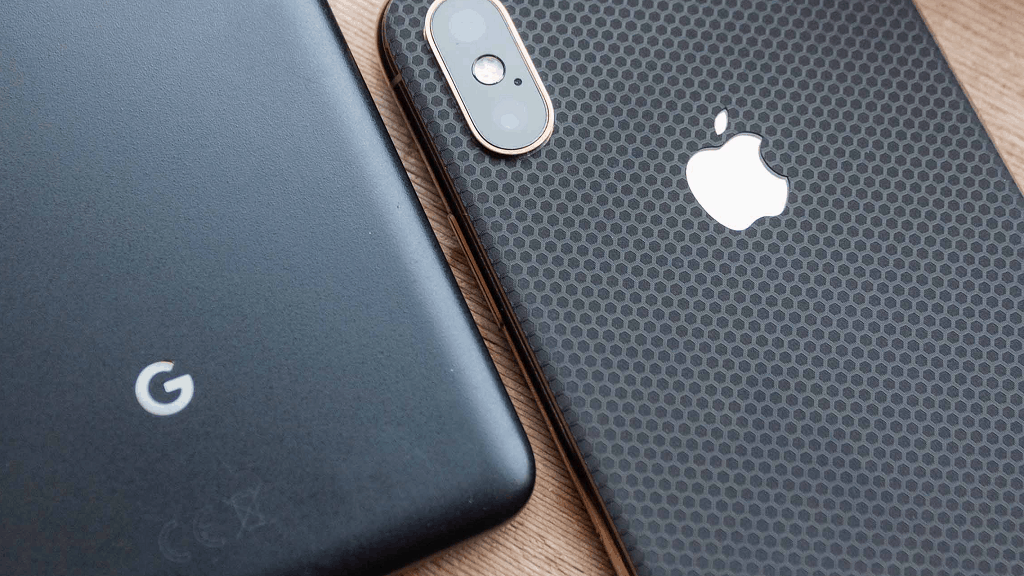If you’re a longtime smartphone user, you’ve certainly run out of storage space at some point. Nothing frustrates smartphone users more than getting the notification “not enough storage” popping up just when they want to take another photo or download a file. Most users contemplate going for pricier phones with more memory or paying more for additional cloud storage.

While both options are viable, you should try freeing up your smartphone’s storage before making impulsive purchases. Various apps made from open-source databases can help you manage phone storage. However, you should consider the following simple tips to free up phone storage.
Find Out What’s Taking Your Phone Storage
Both iOS and Android phones allow users to view what’s taking up their storage space. On Android phones, simply go to settings, then storage. Under this setting, you can see how your phone’s internal storage has been used. The option shows how much space has been taken by specific categories, including images, videos, and apps. You can tap on specific categories for detailed information.
You can delete individual files by drilling down to specific categories. For instance, if you open the audio category, you can delete an unnecessary file by long-pressing and tapping the delete option. Some android phones, such as Samsung, have a designated “free up space” button on their storage screens.
On the other hand, iPhone users can view their storage from the iPhone storage option under the general tab in settings. Tapping on the storage option brings up a color-coded bar that shows how much storage space has been used by different files. iPhones also provide suggestions for users to clear space below the chart.
Under the bar chart is a detailed list of all data and apps and how much space they’ve taken. While photos and videos commonly take up most space, you’ll be surprised that some rarely used apps have taken up significant gigabytes. You can easily delete unwanted apps and files to free up space.
Optimize Storage Space
Having identified what’s taking up most of your storage space, the next step is freeing up some space. Most people prefer starting with photos and videos before scrutinizing apps and downloads.
- Back Up Files to the Cloud
Backing up your files to the cloud is prudent for smartphone users who can access other devices besides their phones. Backup service providers, such as Microsoft One Drive, Google Drive, DropBox, and iCloud, allowing users to safely store their photos, videos, and other files in the cloud.
Moving heavy files to the cloud frees up significant space in your smartphone. It also improves its security. While ransomware attacks targeting mobile devices are rare, they still occur. If your files fill up the free cloud storage plan, you should consider paying for more space for additional storage space.
- Optimize Your Photos
Optimizing photos in your smartphone means that full-resolution versions are stored in the cloud while small versions remain on your phone, taking up less space. Contrary to what most people think, optimizing photos doesn’t make them blurry or grainy. High-end smartphones are designed to take pictures in higher resolutions than what the screen can support.
For instance, the recently introduced iPhone 13 uses a 12-megapixel camera against a 2.96-megapixel screen. Therefore, you don’t see most details in your photos anyway. You should check various ways to optimize photos on your android and iOS phones.
- Move Files to SD Cards
Unfortunately, this isn’t a viable option for all iPhones and some android phones. However, if your phone has this provision, you should consider moving files to an SD card. You can create additional space by changing settings on your phone to store pictures, music, and videos on the SD card. Moving apps to SD cards isn’t encouraged, as some apps can’t function.
The Bottom Line
Dealing with full storage space is frustrating. However, deleting old files and automatically downloaded content can free up some space. You should also clear old emails and drafts and uncleared cache.
